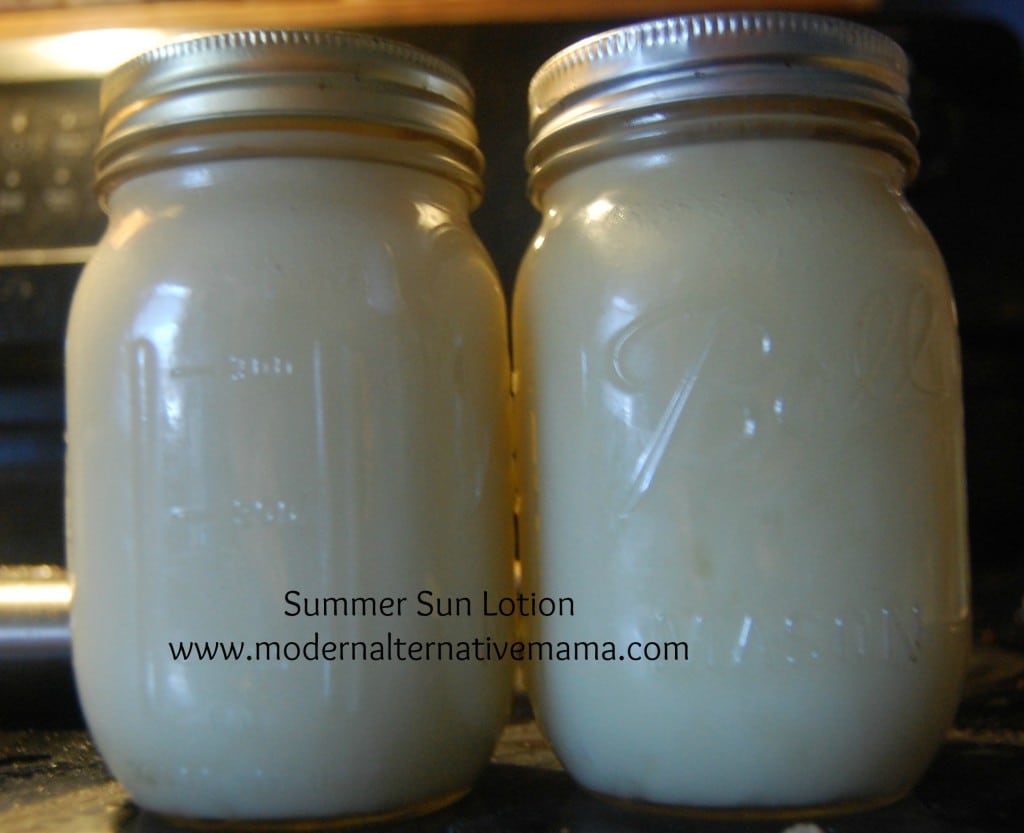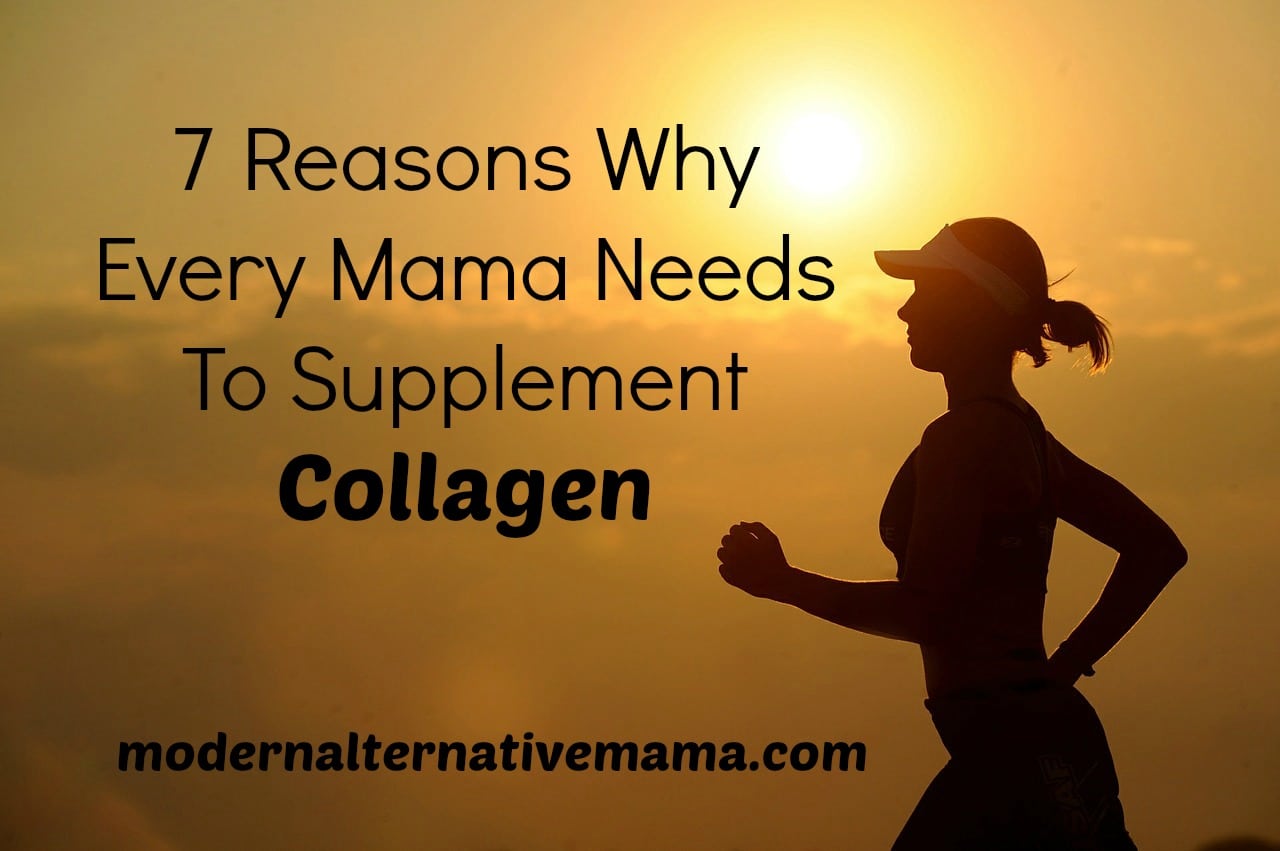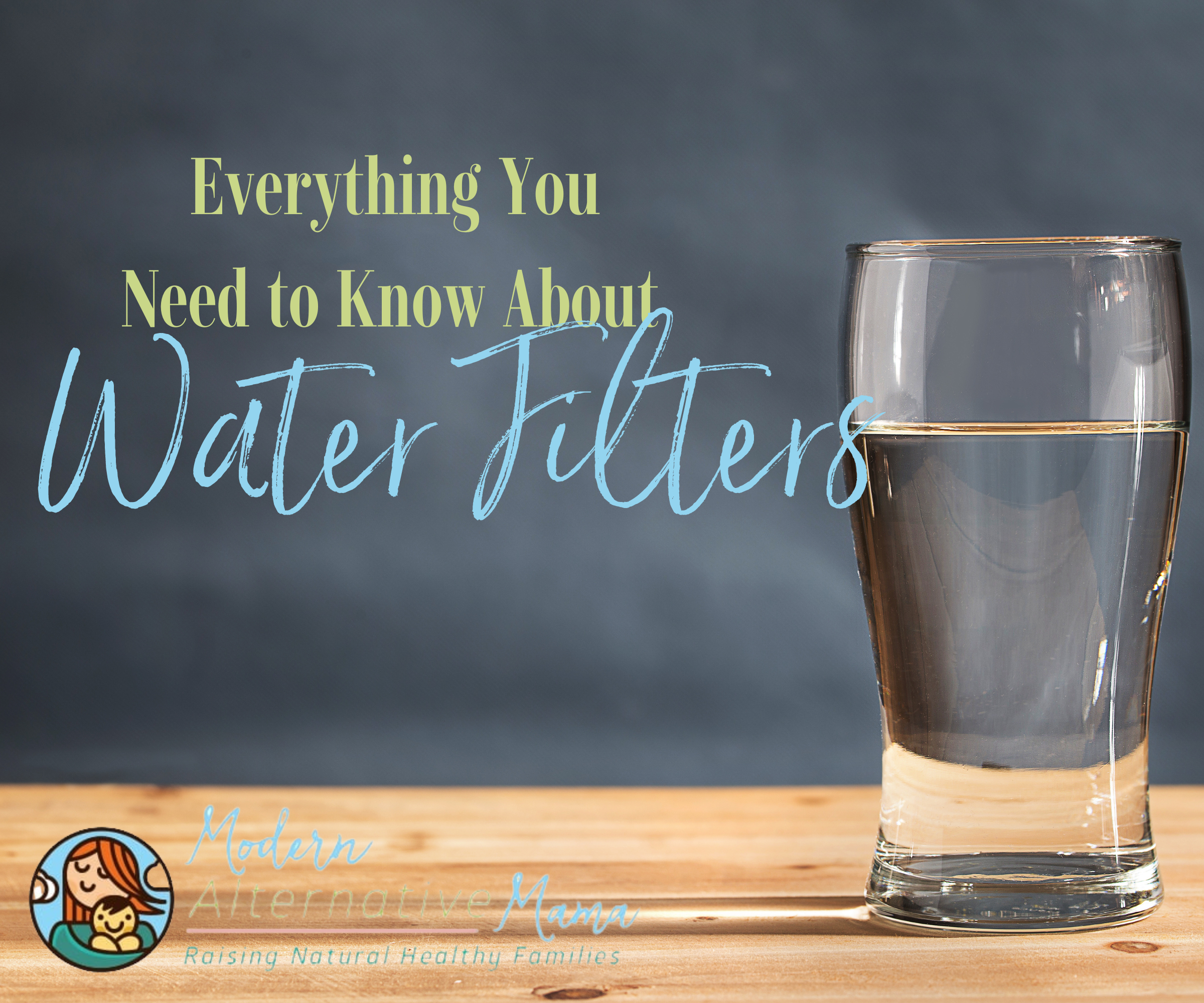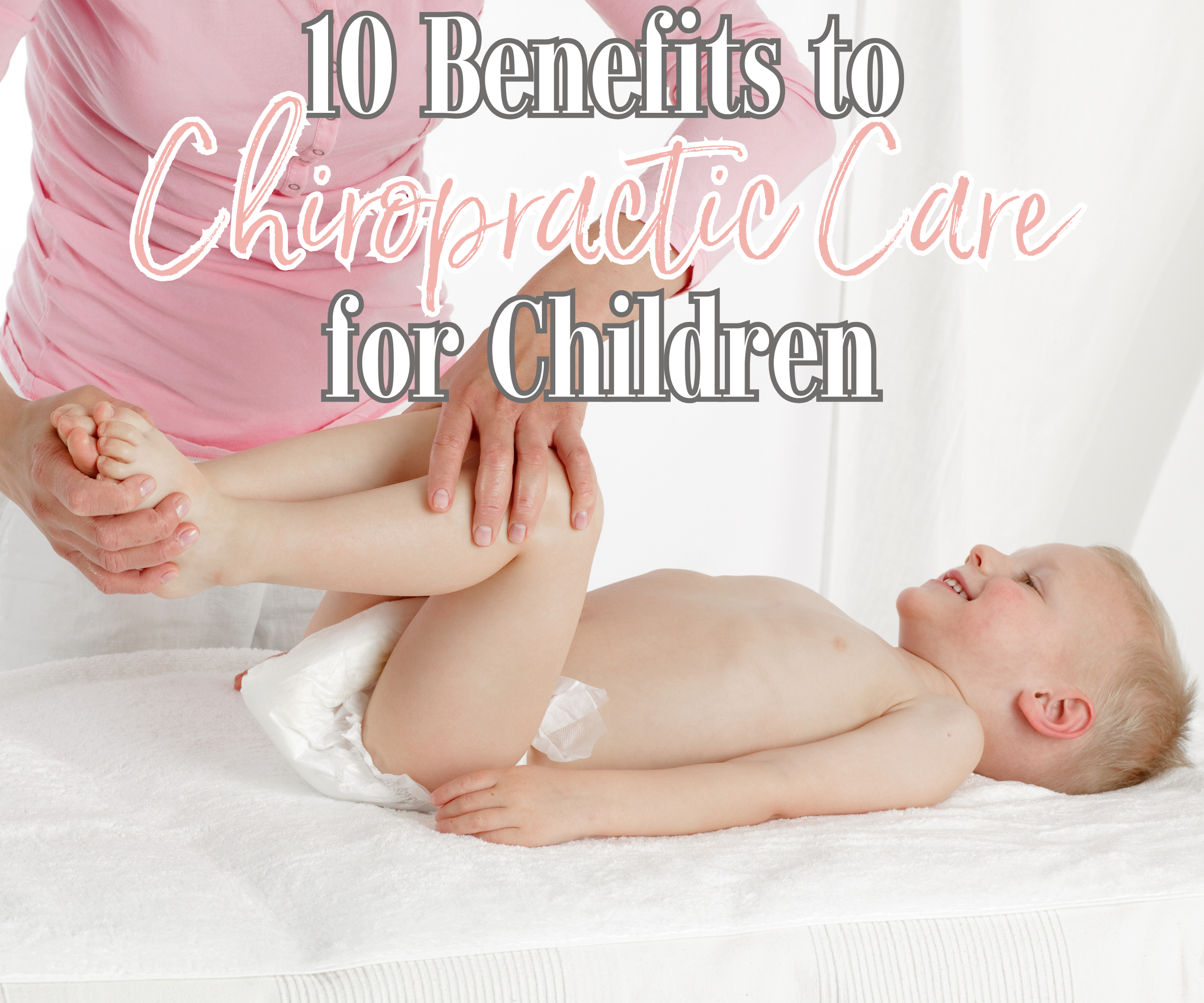Written by Kate Tietje
It is always my goal to improve my body’s ability to do what it already does — or should do. I like to support natural functions much more than I like to interfere with them, even using natural alternatives.
When the warmer months set in and we’re having more sunny days, getting vitamin D into my kids naturally — via sun — is high on my priority list. We head outside for at least a short time every day, usually around 1 PM (“solar noon,” when the sun is highest in the sky and the most UVB rays, the ones that produce vitamin D, are present). That’s a good thing. Not bathing them with soap (which removes the skin’s natural oils, in which the vitamin D is produced and must be absorbed) is also good.
But there’s more I can do. We need magnesium for optimal vitamin D production, absorption, and usage. Most of us are deficient in magnesium because our soils are depleted. Plus, many of us don’t eat many foods rich in magnesium (beans, whole grains, nuts). Magnesium is also used up fairly quickly, especially in times of stress. Magnesium may be a key issue if you’ve been tested for vitamin D deficiency and are deficient even though you get a lot of sun and/or take supplements.
My solution was to create a lotion containing magnesium and specific skin-soothing, easily absorbed ingredients. It will keep skin soft, help prevent any skin damage (UVA rays cause long-term damage), and hopefully increase vitamin D absorption. At any rate, it’s a very nice, light lotion for summer and should soothe any sore or dry skin.
I plan to put it on post-sun exposure to optimize the vitamin D our skin absorbs while in the sun..
If DIYs aren’t your thing, but you need something soothing post-sun, check out Earthley’s Sun Soothe.
After-Sun Lotion
This DIY recipe makes 16 ounces of after-sun lotion.
Ingredients:
- 3/4 cup magnesium oil (3/4 cup water and 3/4 cup magnesium chloride flakes, approximately)
- 1/4 cup aloe vera gel
- 1 oz. evening primrose oil (1/8 cup or 2 tbsp.)
- 1 1/2 oz. avocado oil (3 tbsp.)
- 1 1/2 oz. sweet almond oil (3 tbsp.)
- 1/2 cup shea butter
- 3 tbsp. beeswax
- 15-20 drops essential oil, if desired
Directions:
Step 1: First, you need to make the magnesium oil. Pour the water into a small saucepan and heat until very warm — it does not need to boil.
Step 2: Add the magnesium chloride flakes. I assume you could use Epsom salts or another form of magnesium if you prefer, but it may not be as well absorbed, and I have not tried it.
Step 3: Stir this to combine, then add the amount you need to a blender.
Step 4: Then measure out your other oils. I used one of the pint-sized glass mason jars (in which I put the finished lotion) to measure my oils.
Step 5: Add your aloe vera gel.
Step 6: Melt your shea butter and beeswax together.
Step 7: Pour everything into the blender and turn it on (add your essential oils now if you wish. Remember, some essential oils can increase photosensitivity). It will start out being rather yellow — this means it is still lightly blended with oils and water.
Step 8: Turn the blender higher. Watch the mixture turn whiter and thicker. This means an emulsion has formed, and your lotion is done. Pour into prepared jars (I used pint-sized mason jars).
Now, I have to warn you. At first, I tried to blend mine when the melted oils were very hot, and everything else was more like room temperature. It turned white. I poured it into jars, and it immediately separated. I poured it back into the blender, allowed it to cool slightly, then whipped it at a higher speed. That time, it worked beautifully, and it didn’t separate. If it separates at first, turn the blender back on higher. This will cool it and also create the right emulsion. It will work…have patience.







I can’t find magnesium flakes. Can you give me a brand name and/or where you get yours??
There are several choices here: http://www.amazon.com/s/ref=nb_sb_ss_c_0_16?url=search-alias%3Dhpc&field-keywords=magnesium+flakes&sprefix=magnesium+flakes%2Caps%2C350
[…] it, it would be so rare that I'd just buy some (probably Badger). I do, however, make and use a sun lotion to try to decrease damage from UVA rays and increase vitamin D absorption from UVB rays. I don't […]
I purchased Magnesium Oxide for this yesterday because I had only written Magnesium and didn’t know which to buy. Is it going to work similarly? Or am I just going to have to wait until I can get back to a store that carries the Chloride? In searching for this post I came across another post by someone else that mentioned Magnesium Sulfate and the health food store also had Magnesium Citrate. Can you point me in a direction that will explain the differences? Thanks!
I am pretty sure that for lotions and such that it has to be Magnesium Chloride. It has so many beneficial uses. I use it to help me sleep at night. I put it on my lower back for pain and recently started using it as a deodorant. It works great! Magnesium Citrate is used for constipation. I definitely would not use that one. I am not sure about the magnesium sulfate. Hope this helps.
[…] and use this great after sun lotion to help increase your vitamin D absorption and soothe and nourish the skin after sun […]
[…] I modified it to our needs since I do not have all the ingredients she lists, but you can go to her blog and check out how she creates […]
I’d really love to know if this worked out for you! We’ve been spending a lot of time in the sun lately and while I want the kids to benefit from Vit D, their skin is starting to look burned and scorched!!!